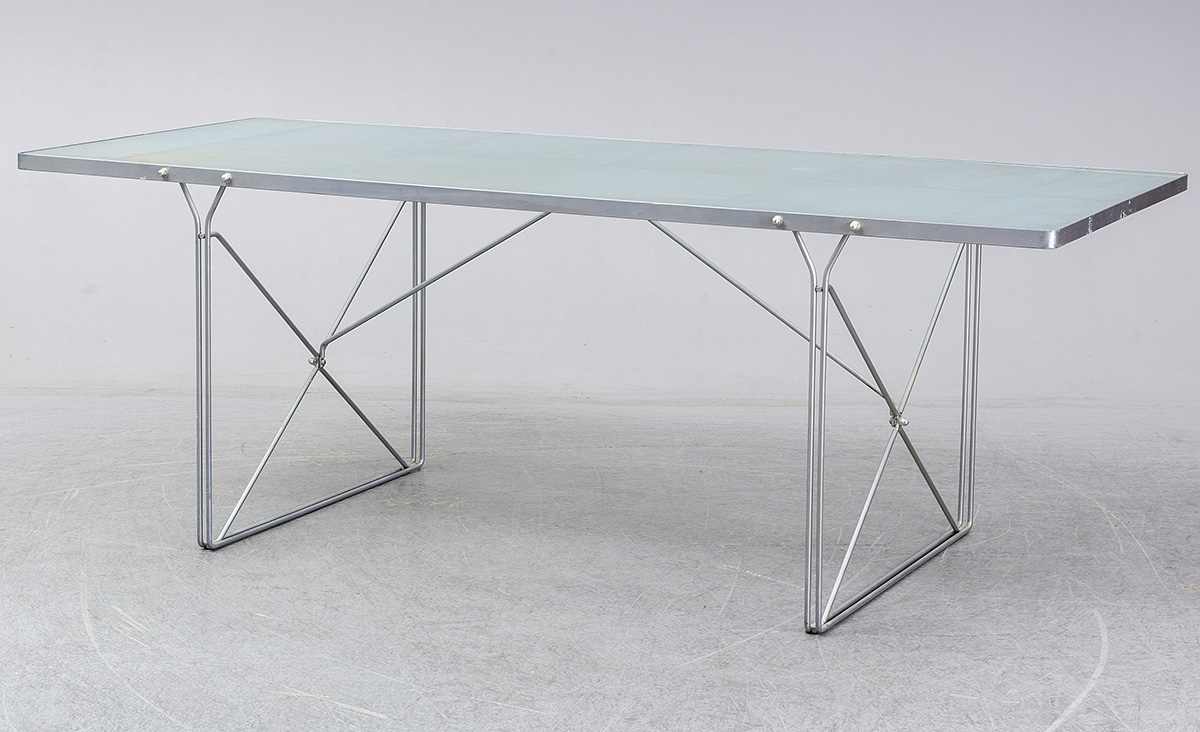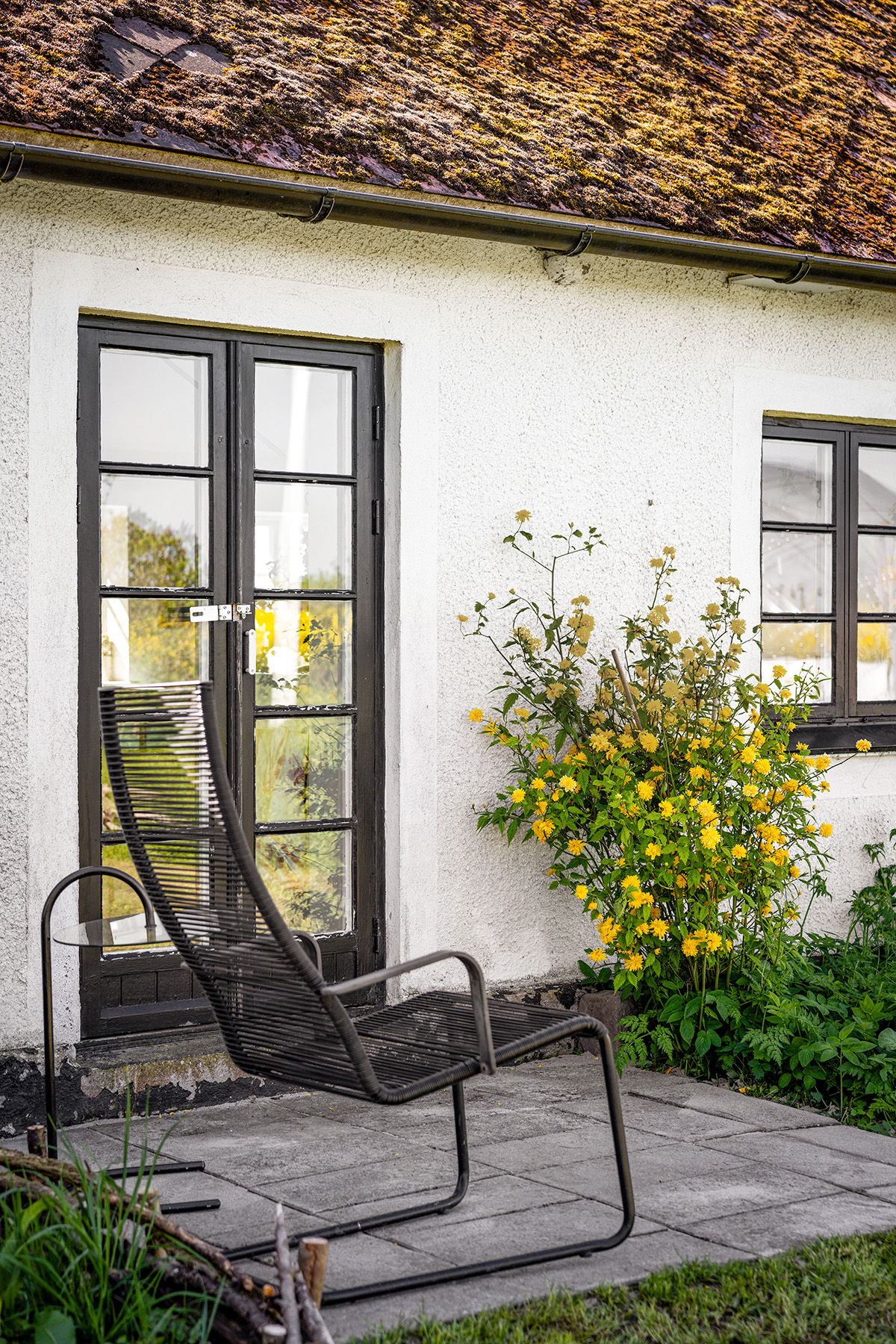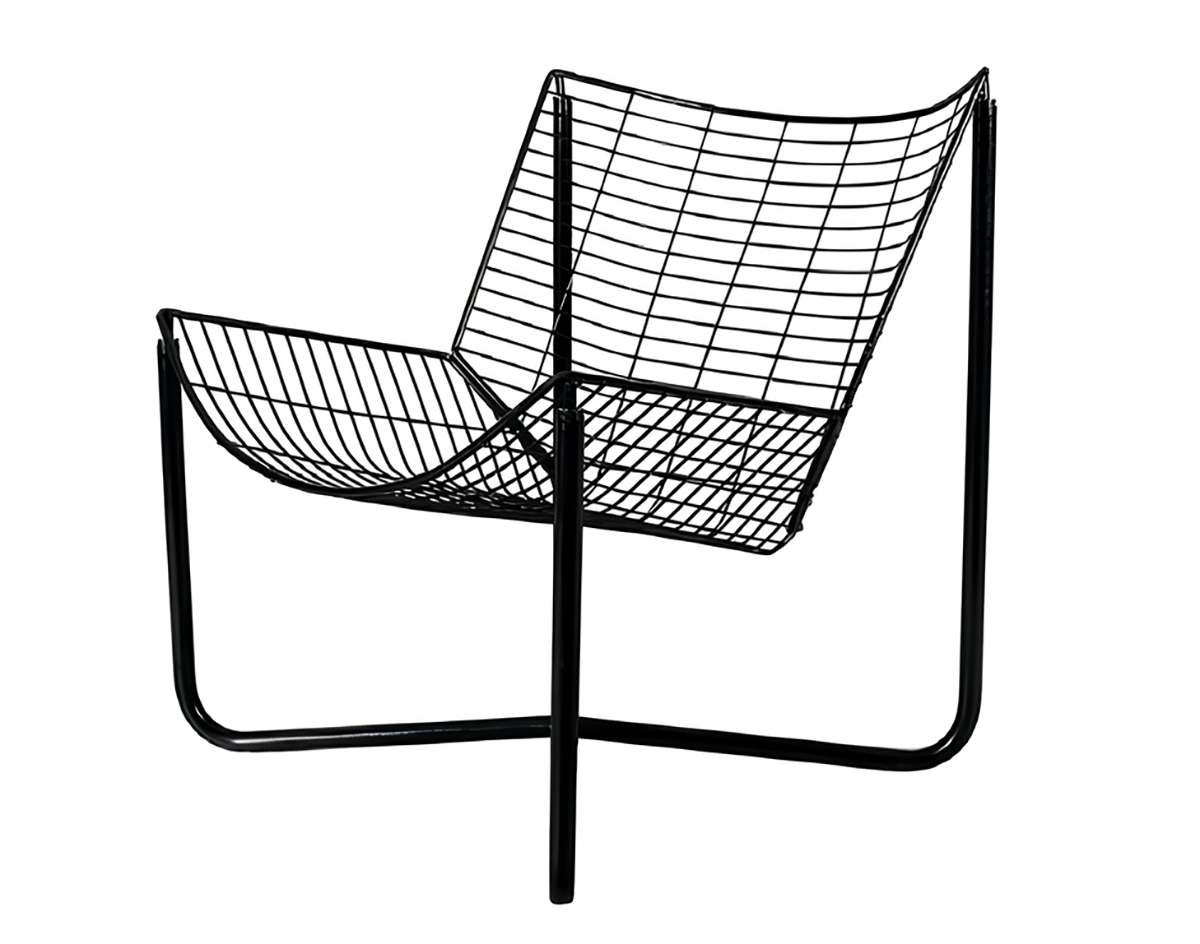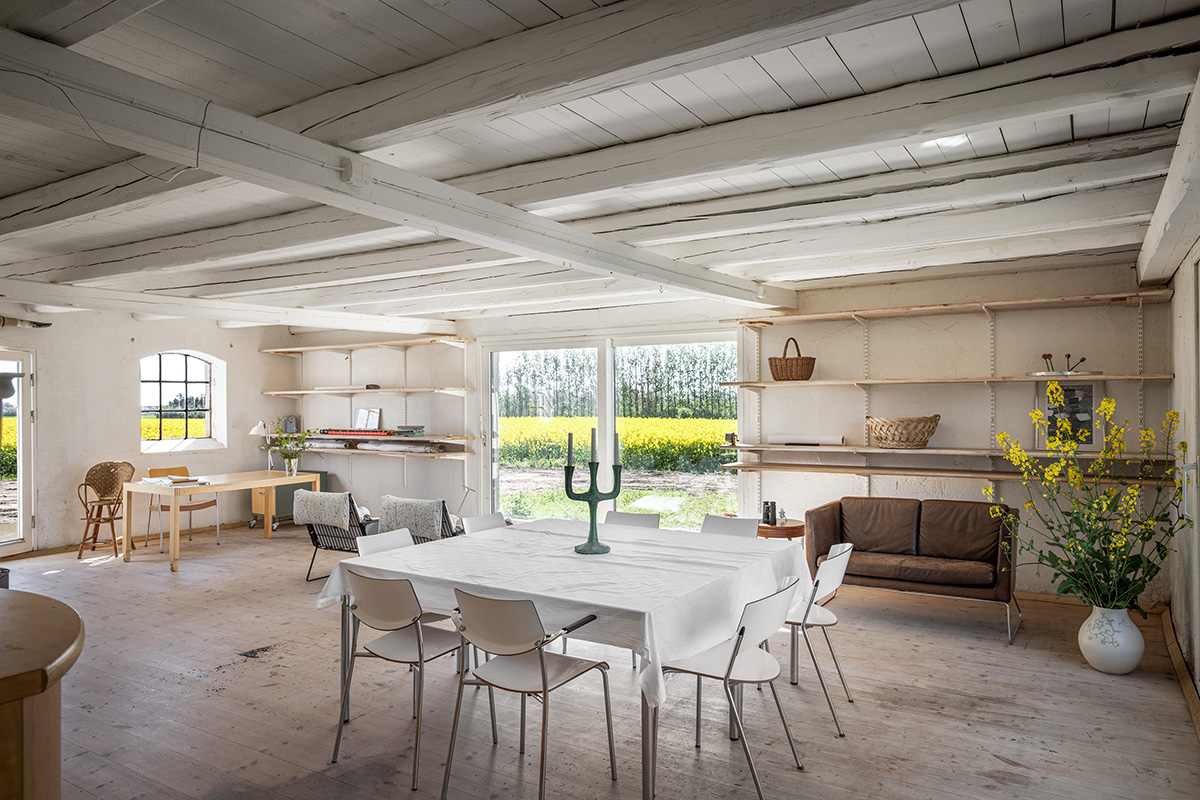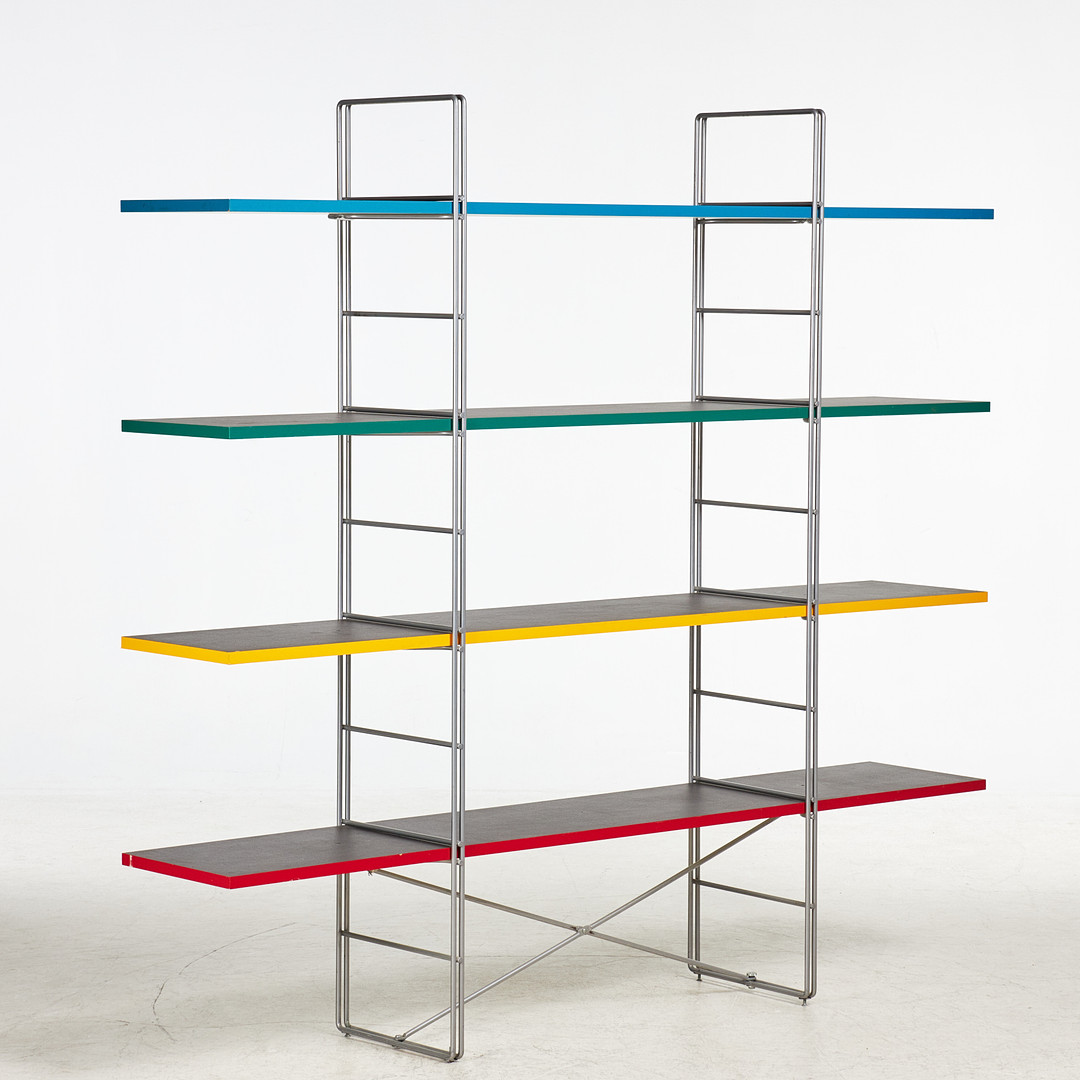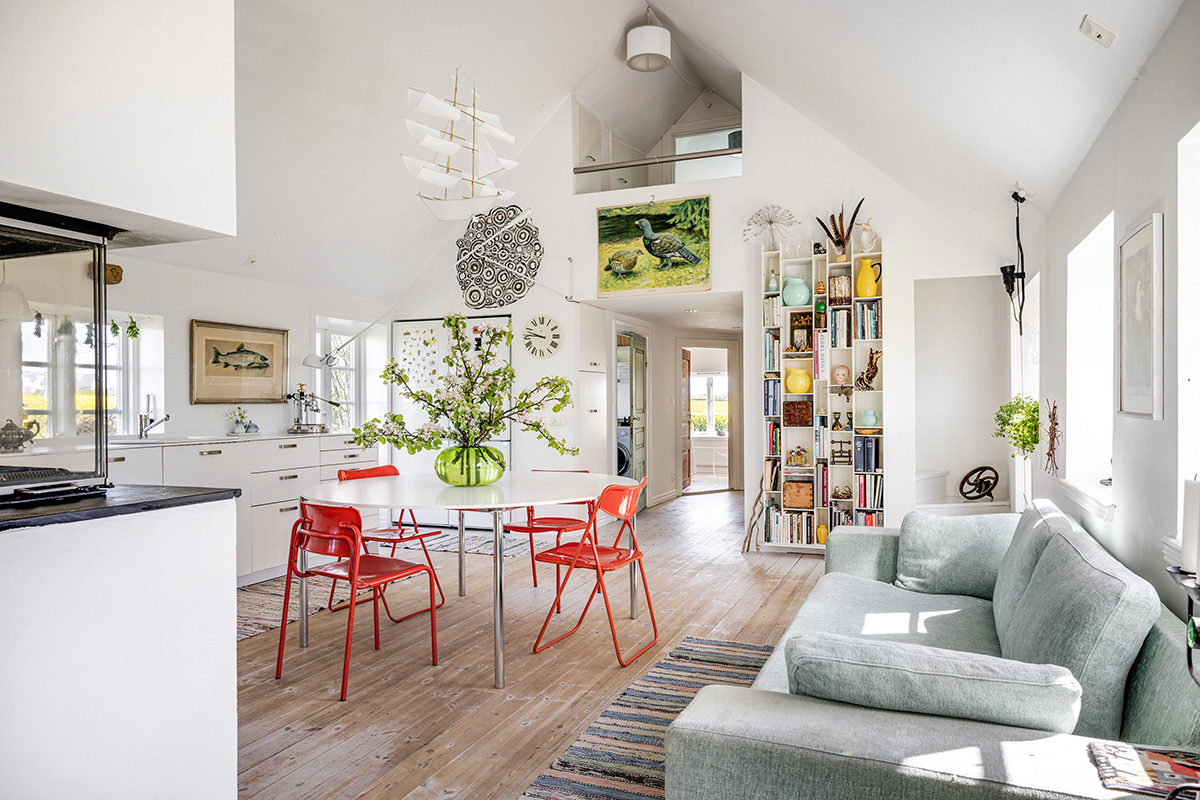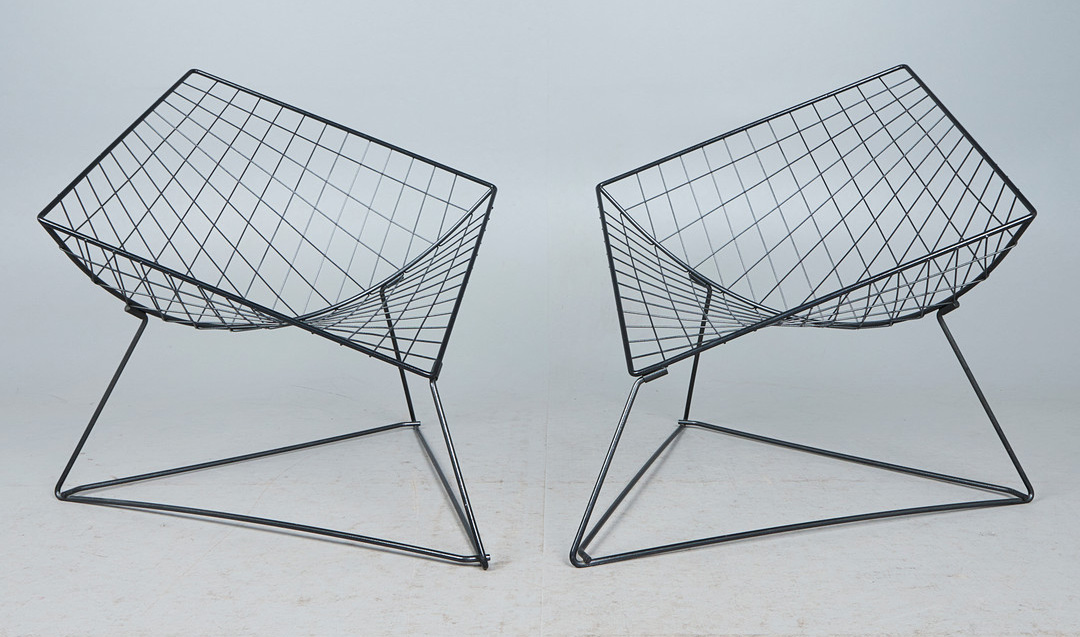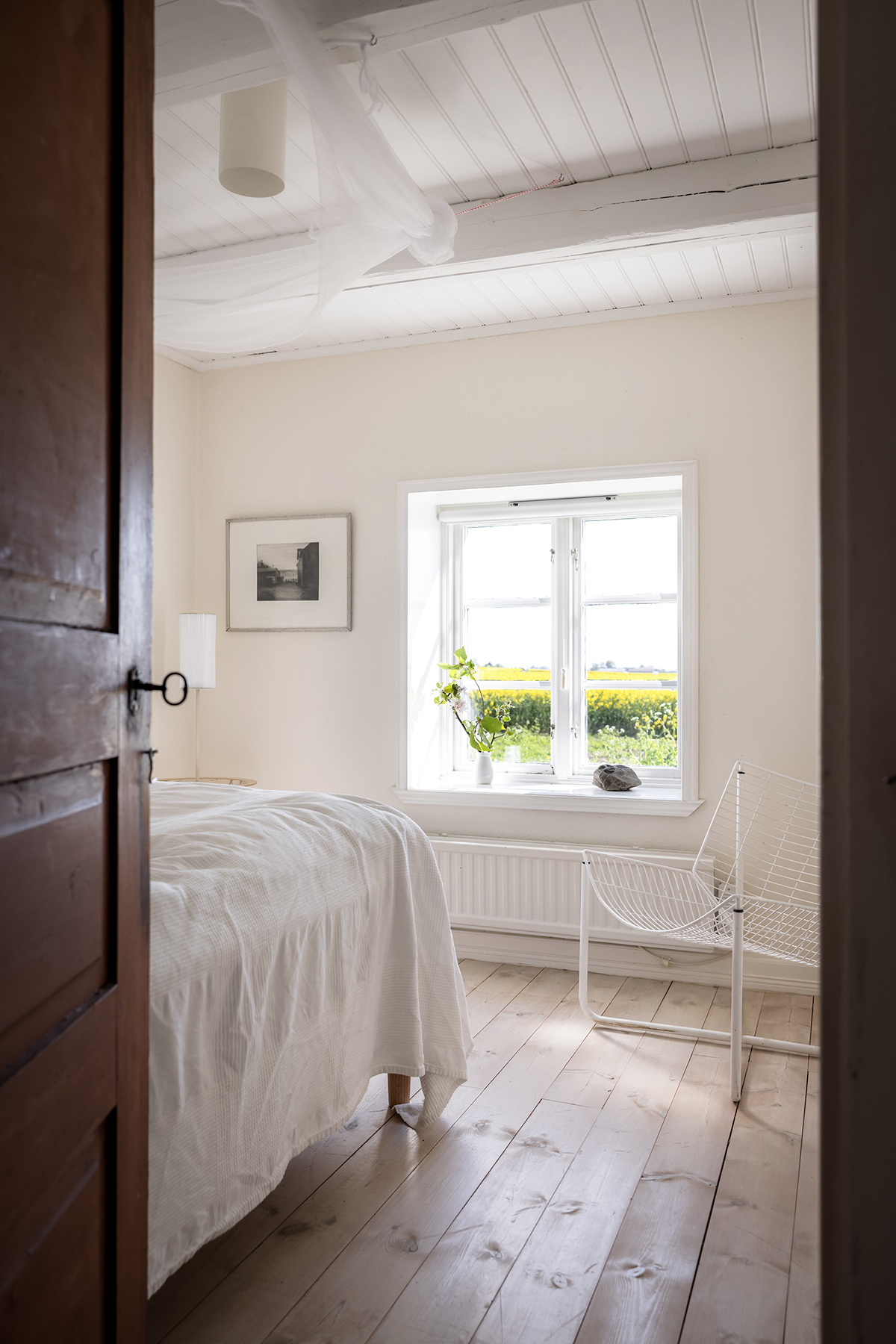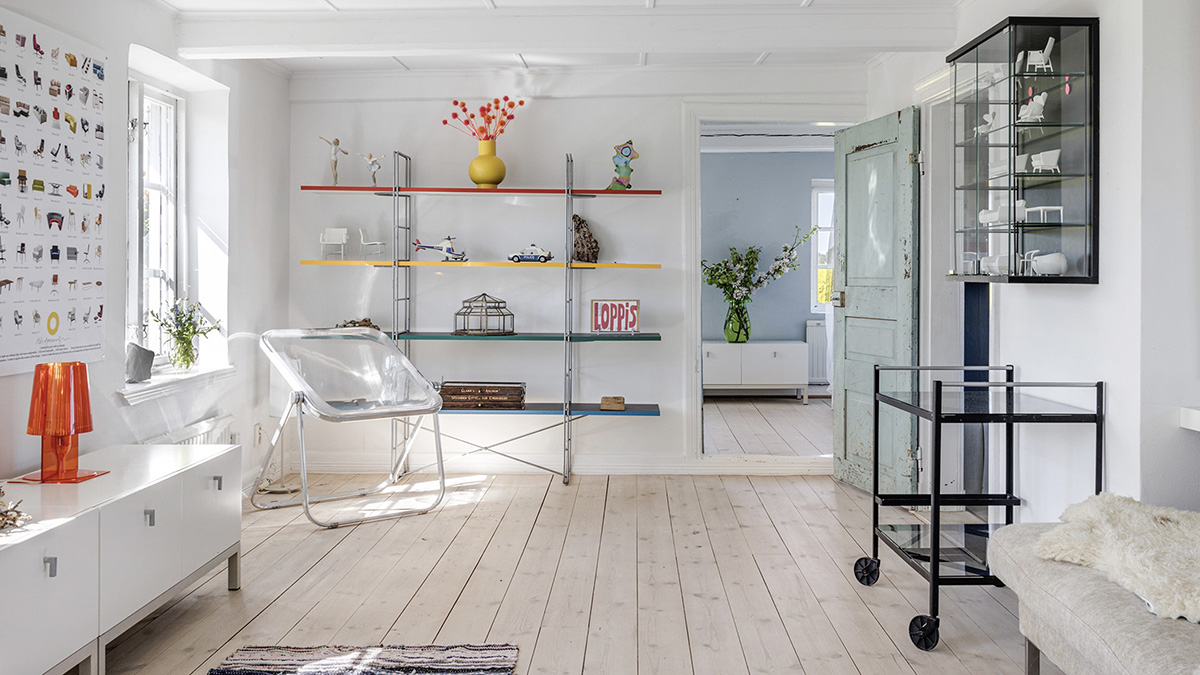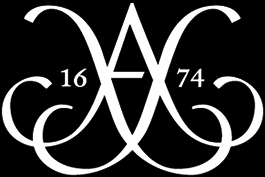The chance that you recognize – and have lived with – Niels Gammelgaard’s design is high. He is the designing hand behind many of the most iconic pieces of furniture in Swedish homes during the 80s and 90s. The question is rather: how would our homes have looked without him? Now, Stockholm’s Auction House has been given the honorary task of selling Niels Gammelgaard’s private collection in the themed auction Niels Gammelgaard c/o IKEA, which will be hammered online on August 26.
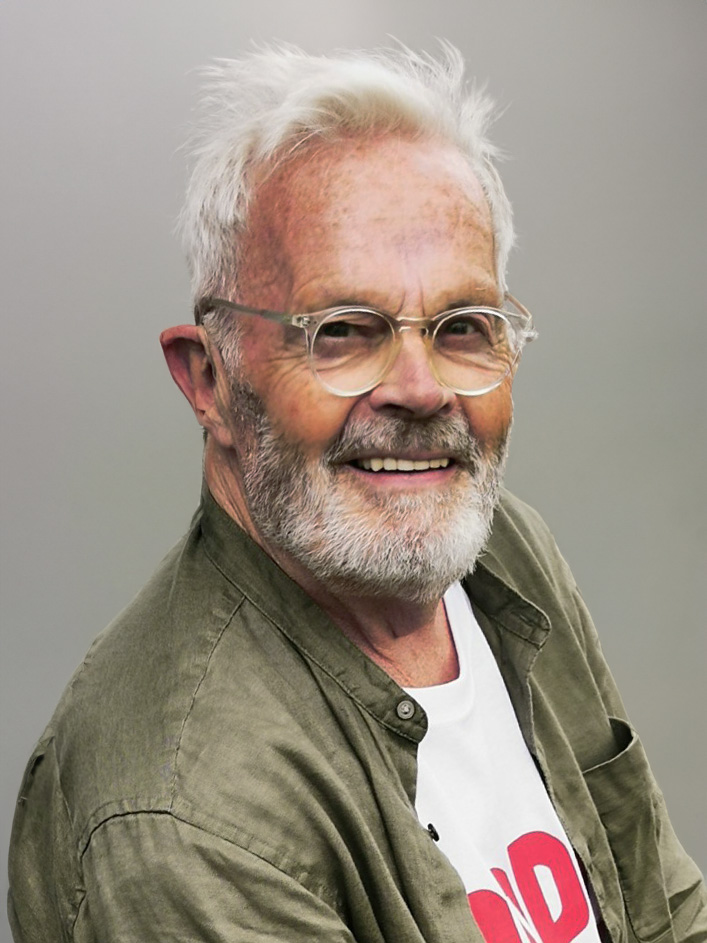 The Danish industrial designer has turned 80 and is still a highly active designer. His collaboration with Ikea and Ingvar Kamprad has been an important chapter in his active career, with experiences that gave him new perspectives on furniture and its significance. It all began in 1969 when Niels Gammelgaard co-founded the firm BOX 25 Architects together with four other design students. The architectural office gave form to private residences, a factory, the Sofiegården College in Christianshavn, and ready-to-assemble bathrooms for state-owned rental apartments. But after a while, they wanted to test working on a smaller scale and had the ambition to make furniture that would be used worldwide. Niels thus picked up the phone and called Ingvar Kamprad. The year was 1975, and Ikea’s founder was living in Denmark with his family. He had an office in Hørsholm outside Copenhagen, where Niels was invited to present the furniture that BOX 25 had designed.
The Danish industrial designer has turned 80 and is still a highly active designer. His collaboration with Ikea and Ingvar Kamprad has been an important chapter in his active career, with experiences that gave him new perspectives on furniture and its significance. It all began in 1969 when Niels Gammelgaard co-founded the firm BOX 25 Architects together with four other design students. The architectural office gave form to private residences, a factory, the Sofiegården College in Christianshavn, and ready-to-assemble bathrooms for state-owned rental apartments. But after a while, they wanted to test working on a smaller scale and had the ambition to make furniture that would be used worldwide. Niels thus picked up the phone and called Ingvar Kamprad. The year was 1975, and Ikea’s founder was living in Denmark with his family. He had an office in Hørsholm outside Copenhagen, where Niels was invited to present the furniture that BOX 25 had designed.
 The Danish industrial designer has turned 80 and is still a highly active designer. His collaboration with Ikea and Ingvar Kamprad has been an important chapter in his active career, with experiences that gave him new perspectives on furniture and its significance. It all began in 1969 when Niels Gammelgaard co-founded the firm BOX 25 Architects together with four other design students. The architectural office gave form to private residences, a factory, the Sofiegården College in Christianshavn, and ready-to-assemble bathrooms for state-owned rental apartments. But after a while, they wanted to test working on a smaller scale and had the ambition to make furniture that would be used worldwide. Niels thus picked up the phone and called Ingvar Kamprad. The year was 1975, and Ikea’s founder was living in Denmark with his family. He had an office in Hørsholm outside Copenhagen, where Niels was invited to present the furniture that BOX 25 had designed.
The Danish industrial designer has turned 80 and is still a highly active designer. His collaboration with Ikea and Ingvar Kamprad has been an important chapter in his active career, with experiences that gave him new perspectives on furniture and its significance. It all began in 1969 when Niels Gammelgaard co-founded the firm BOX 25 Architects together with four other design students. The architectural office gave form to private residences, a factory, the Sofiegården College in Christianshavn, and ready-to-assemble bathrooms for state-owned rental apartments. But after a while, they wanted to test working on a smaller scale and had the ambition to make furniture that would be used worldwide. Niels thus picked up the phone and called Ingvar Kamprad. The year was 1975, and Ikea’s founder was living in Denmark with his family. He had an office in Hørsholm outside Copenhagen, where Niels was invited to present the furniture that BOX 25 had designed.
“He examined them and stated: ‘I don’t want to buy your furniture. But I see that you can design, so you should be able to make a chair of plastic and metal for me?’. Fourteen days later we met again, and I had brought a scale prototype made of plastic tubes and cardboard. It was named FOLKE, and in the first year, Ikea ordered 125,000 pieces. Since I was an industrial designer, I didn’t know much about furniture then, more than that the ergonomic values fascinated me,” says Niels Gammelgaard.
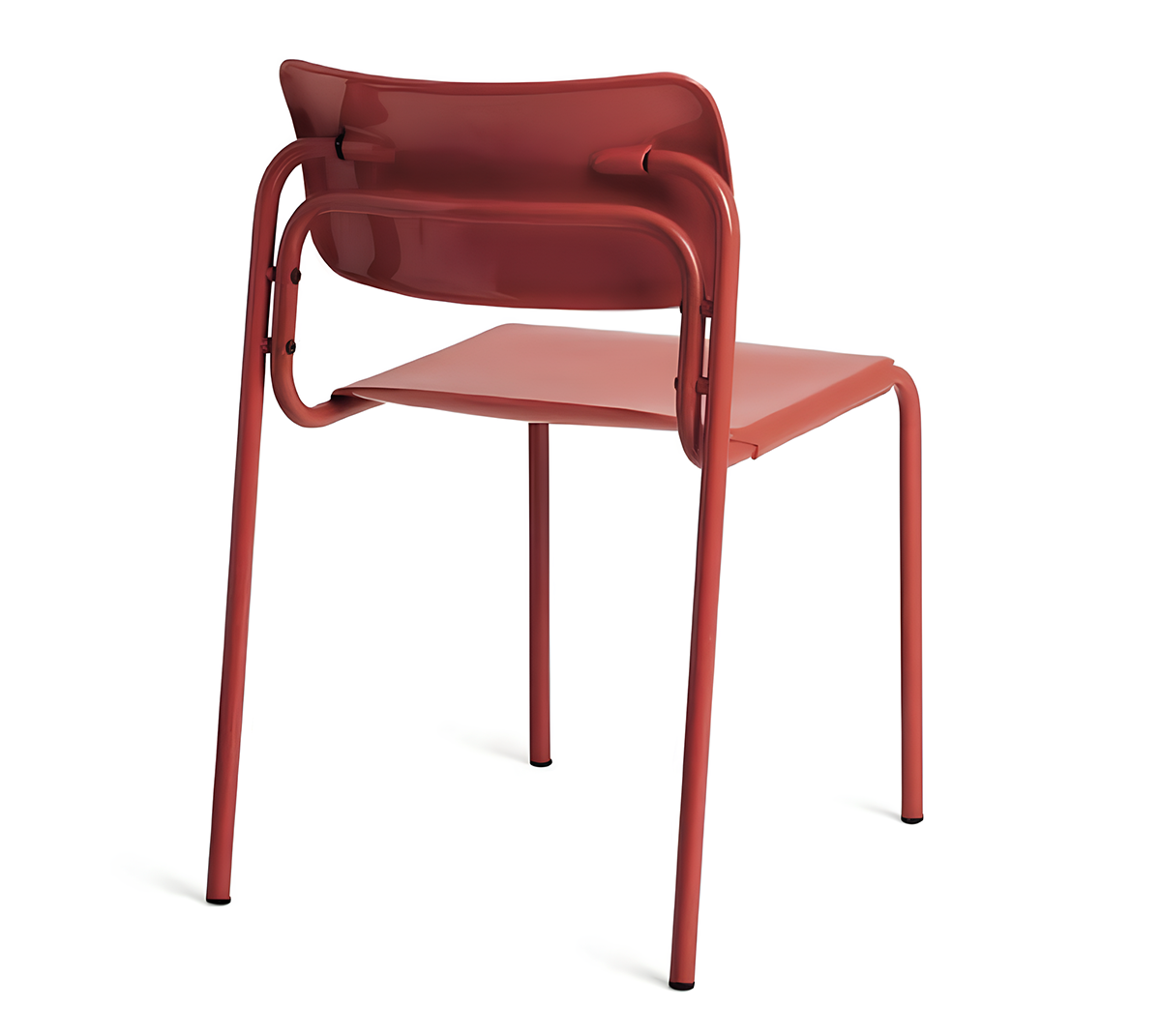
And just then, the Danish industrial designer was exactly what the Swedish furniture manufacturer needed to realize his visions of a worldwide furniture empire. Niels Gammelgaard shared the ambition to create innovative products that most of the world’s people could afford to buy. Already in 1977, he designed the folding chair TED and the accompanying table series, and in the following years, Ikea would order a total of 20 million chairs. And the collaboration continued.
“Together we had found a very clear niche, and I had also found a collaboration partner with enormous muscles, who made my design as accessible as it could ever be. Now, 50 years later, I can happily see how many of my furniture pieces attract new generations. Which was also part of our vision, to make useful furniture in materials that also made them sustainable over time.”
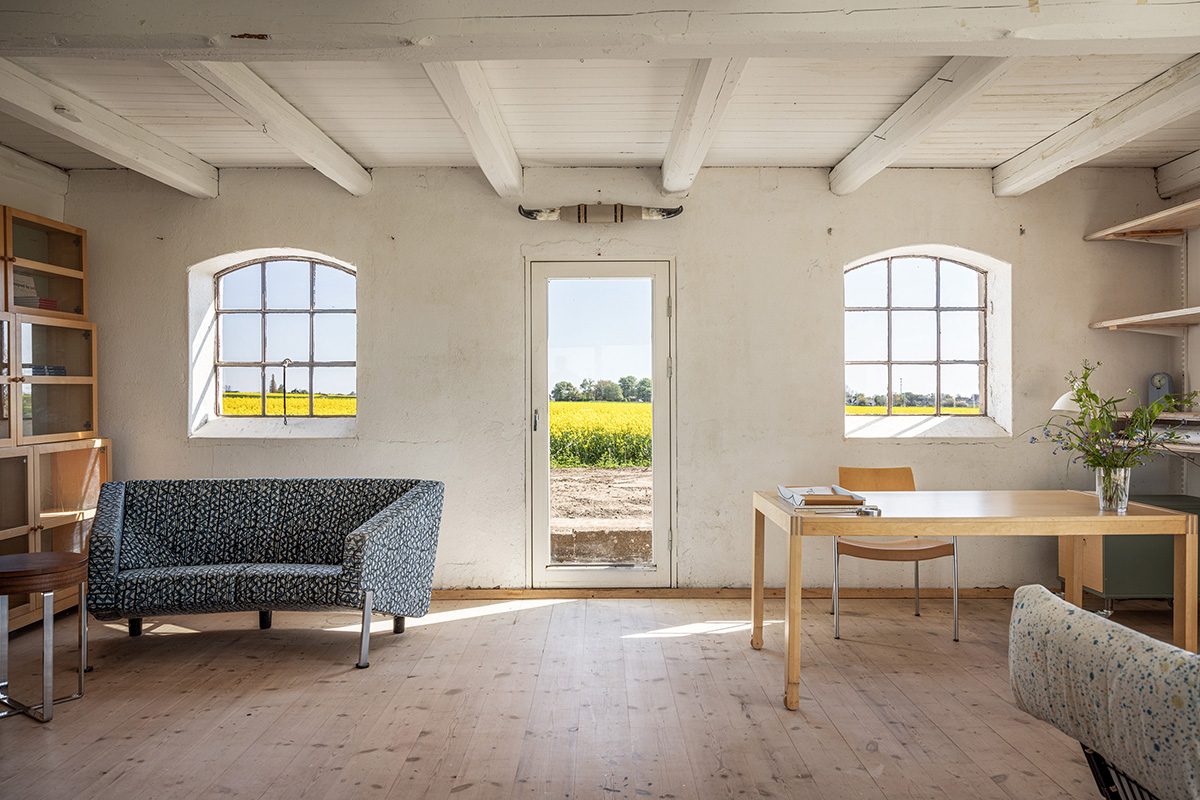
Now Niels Gammelgaard is facing a new phase of his life as he sells the farm in Österlen that has been his second home for the past 25 years. And then the furniture collection also needs to move on.
“I have no need for a collection of my own furniture, now I’ve turned 80 and can part with it without it being strange. Much of it I’ve bought myself when I’ve been around different flea markets in Skåne over the past ten years. There doesn’t seem to be a single Swedish flea market table that can’t boast something I’ve designed,” says Niels Gammelgaard and laughs.
“And that’s in itself a sign that Ingvar and I succeeded with our ambition. To make furniture for everyone, that lasts long enough to be passed on to new generations and still have value second, third, or fourth hand. In the auction market, the development has gone the other way, where certain furniture is sold for more than they cost to buy new. Therefore, it will also be fantastically fun to follow this auction, to see my furniture get new life.”
“And that’s in itself a sign that Ingvar and I succeeded with our ambition. To make furniture for everyone, that lasts long enough to be passed on to new generations and still have value second, third, or fourth hand. In the auction market, the development has gone the other way, where certain furniture is sold for more than they cost to buy new. Therefore, it will also be fantastically fun to follow this auction, to see my furniture get new life.”
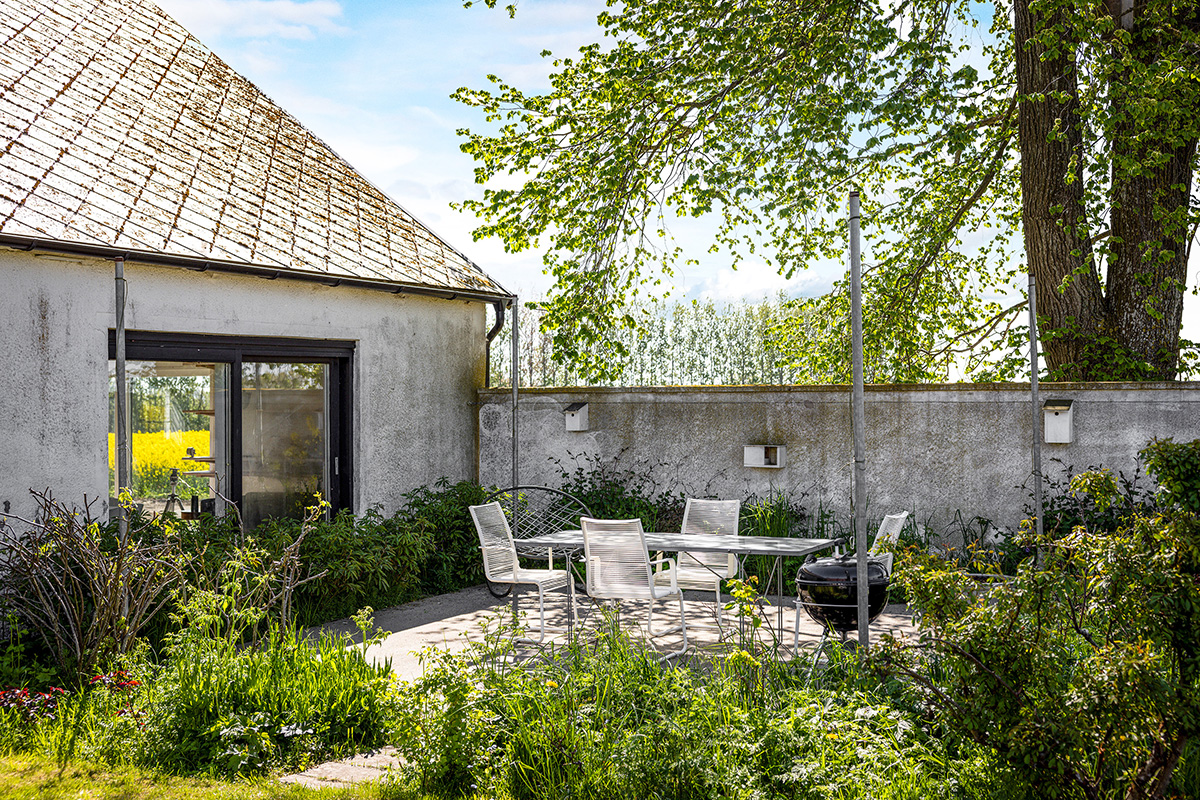
Stockholm’s Auction House’s Ulrika Ruding, head of the craft department, is also looking forward to the unique themed auction at the end of August.
“Niels Gammelgaard represents an exciting chapter in Ikea’s design history. The 1970s and 1980s are a time period that is only starting to come back now, and in that, I dare say Niels Gammelgaard has one of the leading roles. Many of Ikea’s designers are very anonymous, but he has been a pronounced name for a long time, and it has also been noticeable in the auction world.”
But the collection that will now go under the hammer naturally contains furniture and design from Niels Gammelgaard’s entire career. The catalog includes, in addition to some of Ikea’s most iconic products, objects designed for just under 20 international brands – such as Louis Poulsen, Fritz Hansen, and Kvadrat. And regardless of which edition they were manufactured in, the objects in the designer’s private collection will distinguish themselves in a highly tangible way.
But the collection that will now go under the hammer naturally contains furniture and design from Niels Gammelgaard’s entire career. The catalog includes, in addition to some of Ikea’s most iconic products, objects designed for just under 20 international brands – such as Louis Poulsen, Fritz Hansen, and Kvadrat. And regardless of which edition they were manufactured in, the objects in the designer’s private collection will distinguish themselves in a highly tangible way.
